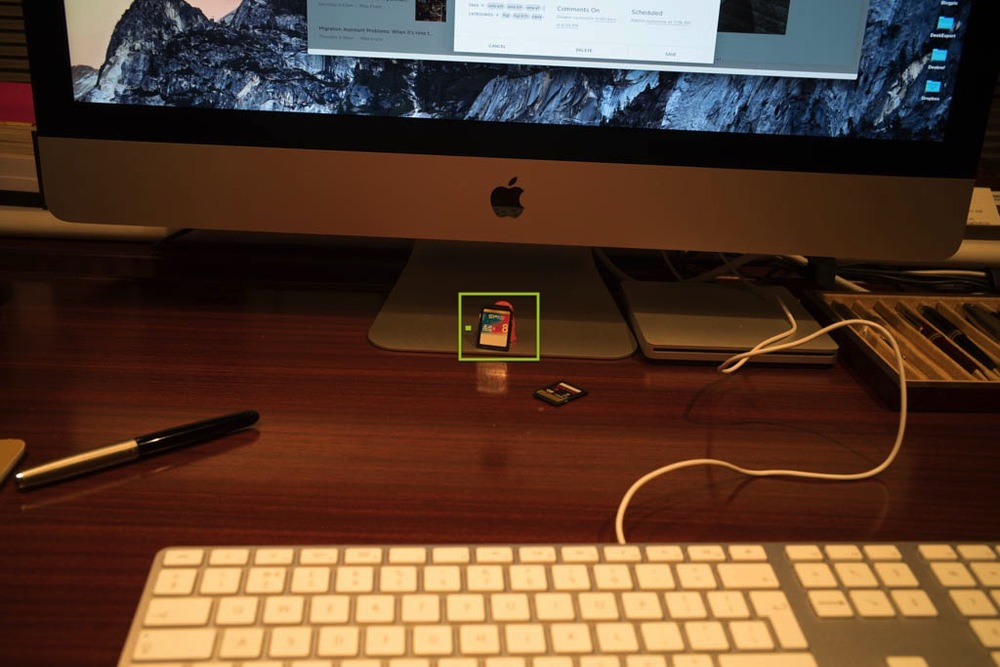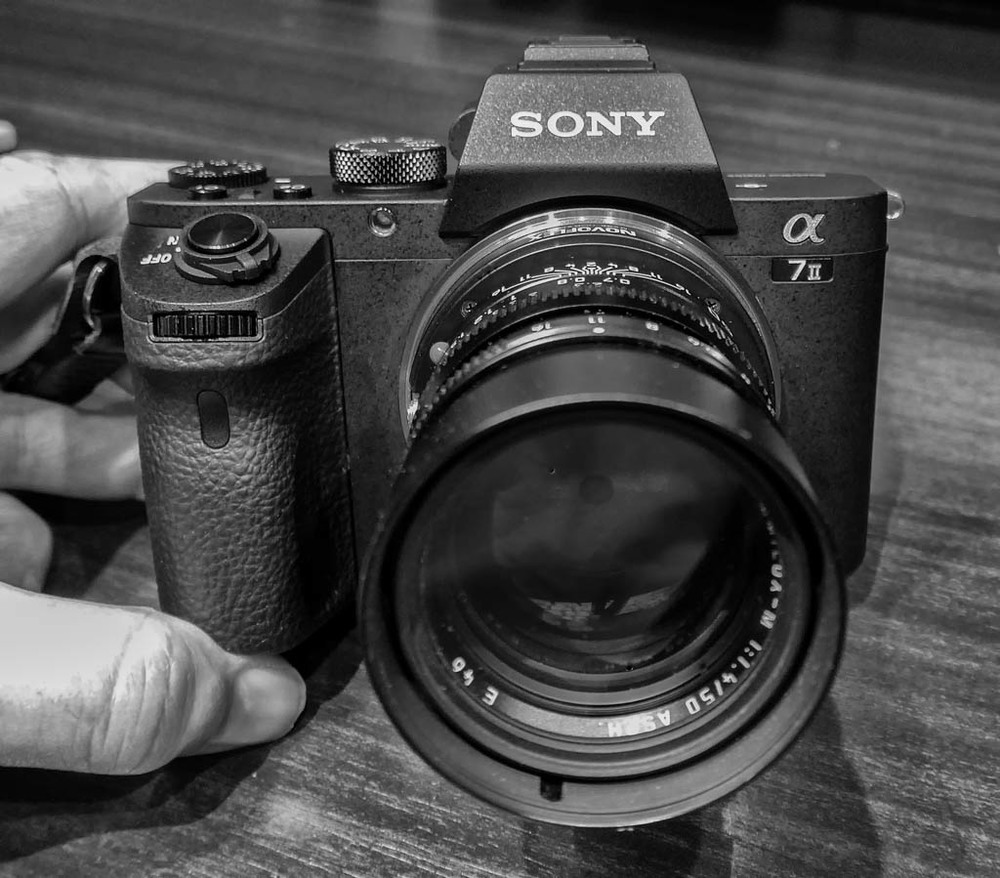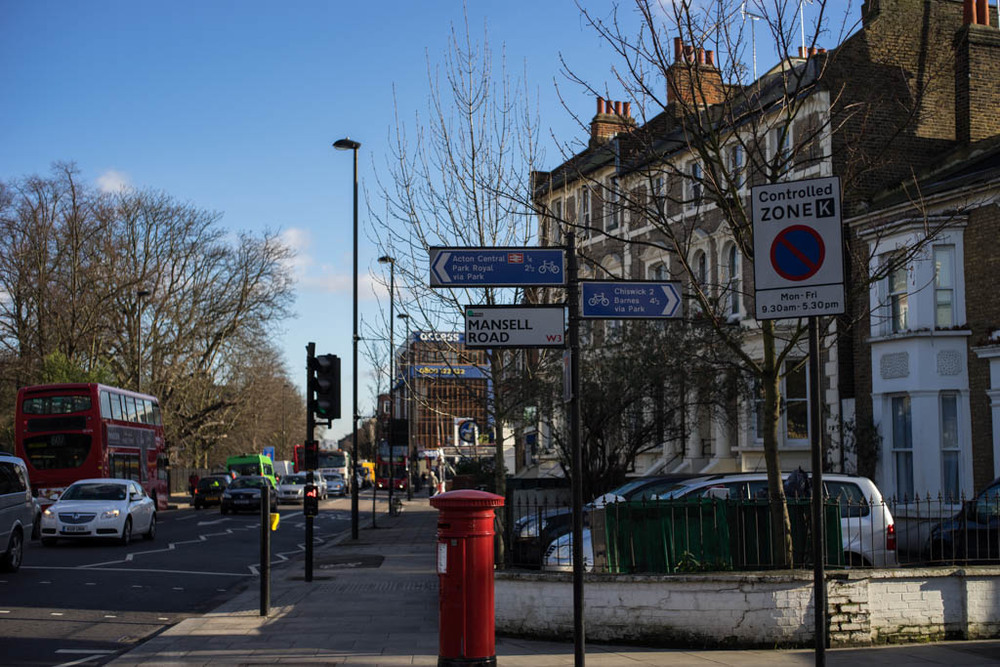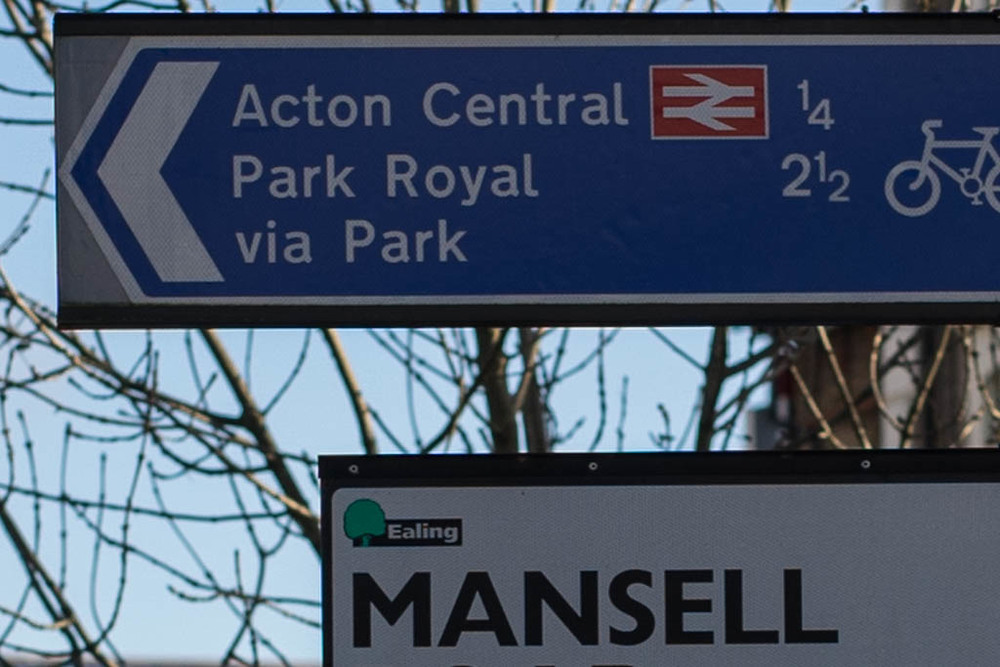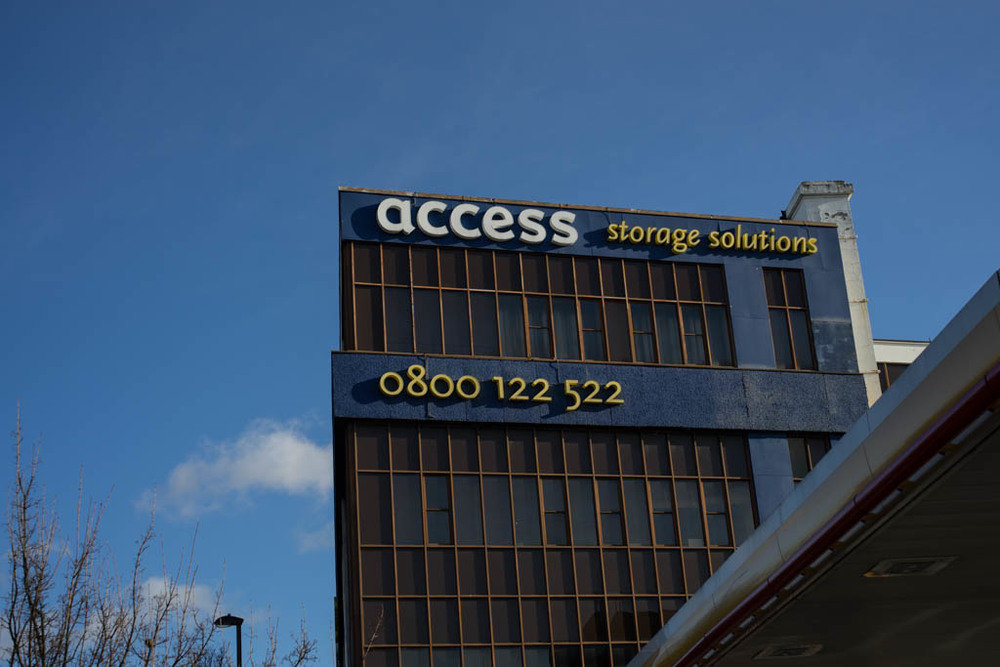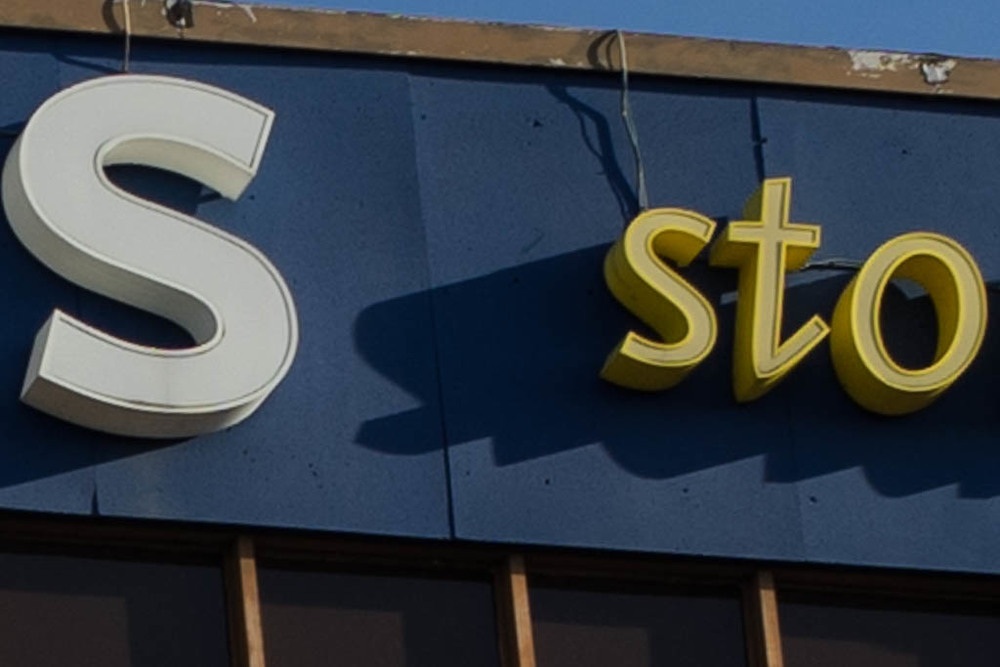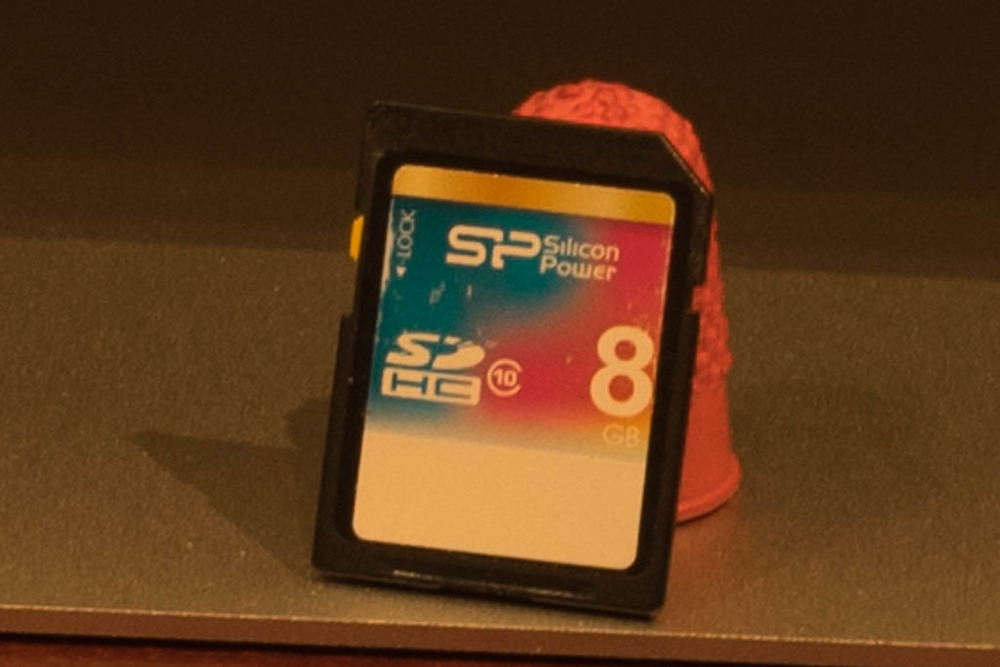Last year I spent some months with the Sony A7r, the world’s first full-frame mirrorless camera other than the Leica M (which isn’t really mirrorless in the sense we now regard it). Sony did a fantastic job of squeezing a full-frame sensor into a relatively small body. And for owners of Leica lenses it was a magnet for experimentation. I liked the A7r immensely, even for a first stab at a new genre. My only serious consideration was the noisy and vibratory shutter which was obtrusive in street photography and also caused camera shake.
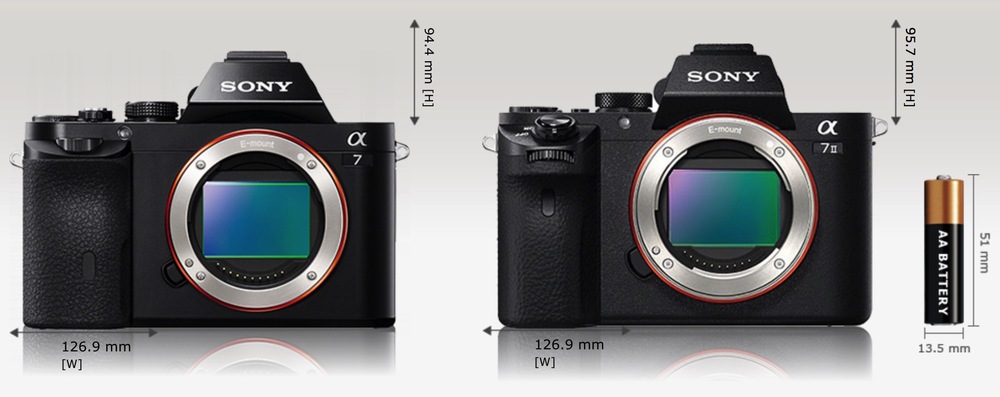
A year later and the Mark II version of the base A7 (the one with the 24Mp sensor as opposed to the 36Mp in the A7r) hoves into view. This camera brings another first to large-sensor mirrorless cameras, nothing less than five-axis in-body stabilisation similar to that in the Olympus OM-D EM-1. This is quite an achievement because not even APS-C cameras have enjoyed this advantage up to now. So IBS has leapfrogged from four-thirds to full-frame in one smooth Sony move.
Sony A7II demo arrives
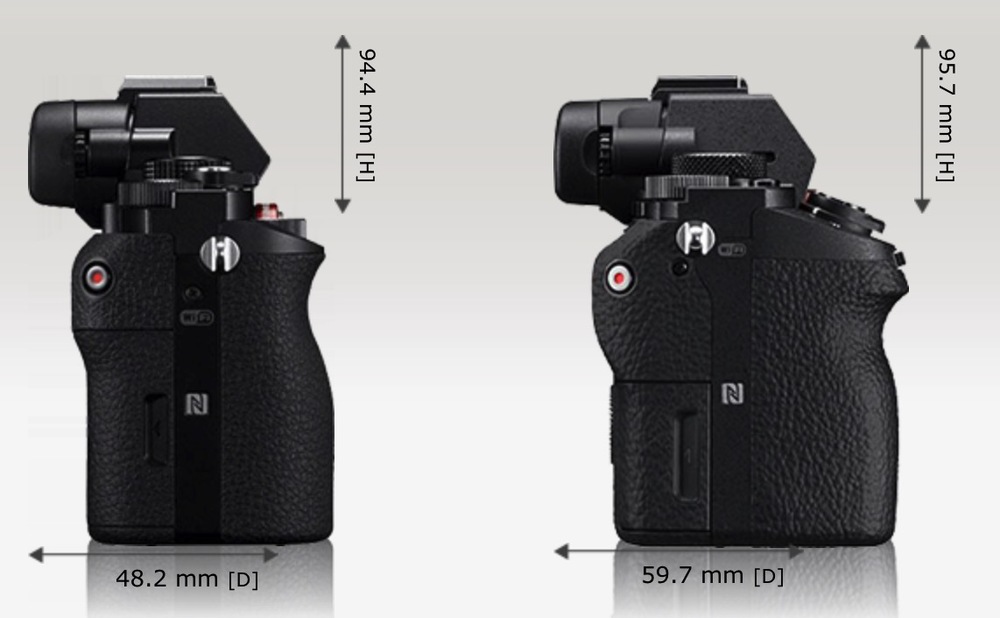
My A7II review camera has arrived: Just the body for now because the objective is to try out the stabilisation with my arsenal of Leica lenses. I hope to try either the f/2.8 35mm or f/1.8 55mm Zeiss optic before returning the camera.
It’s worth noting that while the Sony system offers five-axis stabilisation when used with automatic lenses, it defaults to three-axis when a manual lens is mounted. Still, this is three axes more than ever before on such a camera or on a Leica.
Not everyone believes that stabilisation systems, either in-camera or in-body, are such a wonderful thing. Some think that the electronic and mechanical compromises necessary to iron out camera shake can ultimately detract from image quality, particularly with sensor stabilisation as opposed to lens steadying. However, many of the reports of the A7II I have read wax lyrical about the benefits of stabilisation in the A7II, especially with manual lenses, so I am approaching this with an open mind.
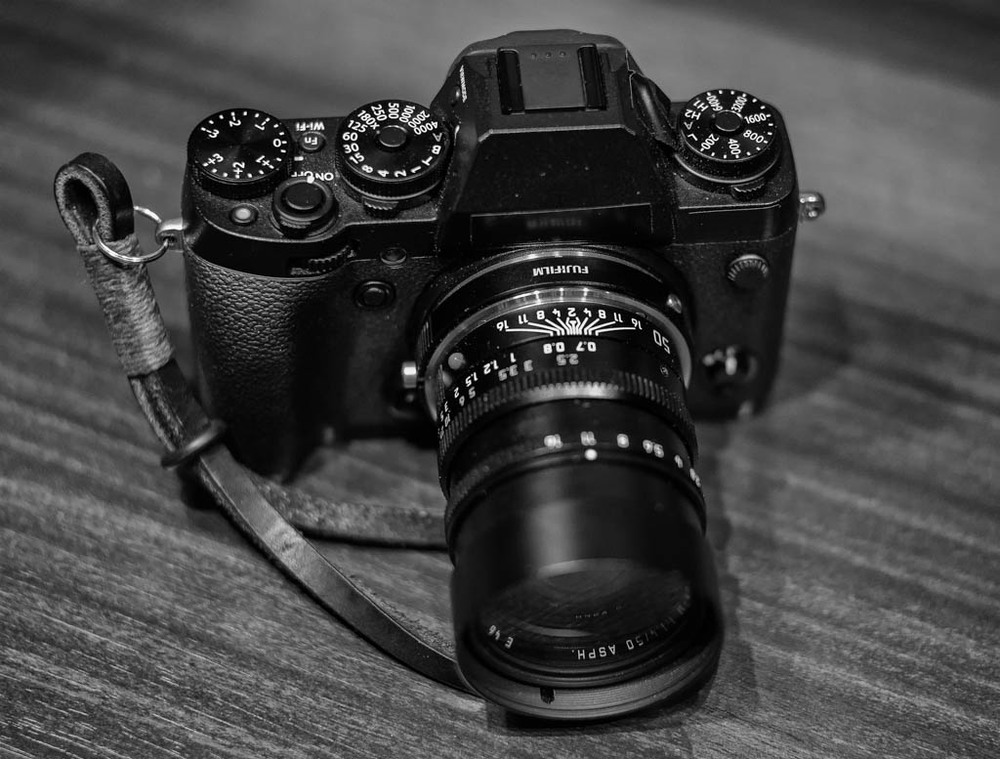
It will be particularly interesting to look at the Sony A7II alongside the Fuji X-T1, a camera that is lighter, lacks in-body stabilisation and has a smaller sensor. But it is a gorgeous little beast, a true system camera, that has won the hearts of keen photographers.
Both cameras work well with Leica lenses (although the crop factor of the Fuji does bump up the focal length of any given lens by a factor of 1.5). The Sony, on the other hand, allows you to use your manual full-frame lenses at the advertised focal length. It’s so much simpler, I suppose. As a system, though, the Fuji takes some beating because it has a terrific lineup of first-class lenses.
Welcome update
Initiall impression is that the A7II feels much better in the hands than its predecessor. It boasts a larger grip, for one thing, and this the most obvious benefit. The new matte finish on the metal body is very attractive and the rounded corners serve to give the camera a less angular look than either the A7 or A7r. All in all, this is a subtle but impressive visual upgrade. On the downside, the A7II is 125g heavier than the A7 and, largely as a result of the new grip, is 13mm thicker. In comparison with the Fuji X-T1, the Sony is 150g now heavier and I suspect many mirrorless users will regard this as a disadvantage. With a zoom attached, we are back in DSLR territory.
I had expected the shutter noise to be much less than on the original A7 (and certainly less than the noisier A7r) but at first click I am slightly disappointed. I suspect it is actually quieter, but it is still loud enough to be a disadvantage in street work. In contrast, the Fuji X-T1 and X100S now offer a completely silent electronic shutter if required.
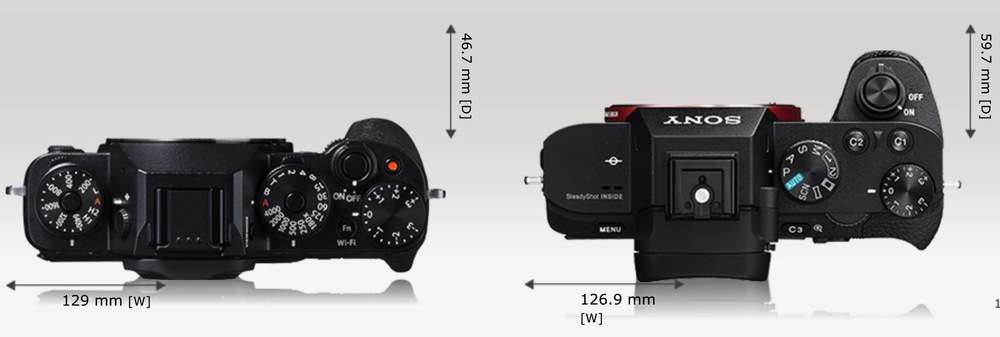
Leica specialist retailer and Sony stockist, Len Lyons of R.G.Lewis in Southampton Row, London, tells me that he already is selling A7IIs primarily to his Leica customers. They aren’t initially interested in Sony/Zeiss lenses, they just want the body as an alternative to an M. No mistake, this is an enticing prospect for Leica lens owners who are looking for a cheaper second body and, more to the point, one with some new electronic gizmos. The Fuji X-Series has already been a big magnet for owners of manual lenses and it looks like the A7II will prove even more popular because of the full-frame sensor and the perceived benefits of in-body stabilisation.
I look forward to putting the Sony through its paces, using some of the more popular Leica lenses, such as the 35mm Summicron and the 50mm Summilux. I will be trying them on three diverse cameras: Leica M-P, Sony A7II and Fuji X-T1.
All comparison shots in this article are courtesy of Camarasize.com. Check our your own comparisons here.
Quick samples
I was out this morning with the A7II and a Leica 50mm Summilux and grabbed a couple of quick shots. In both cases the crops are impressively sharp.
